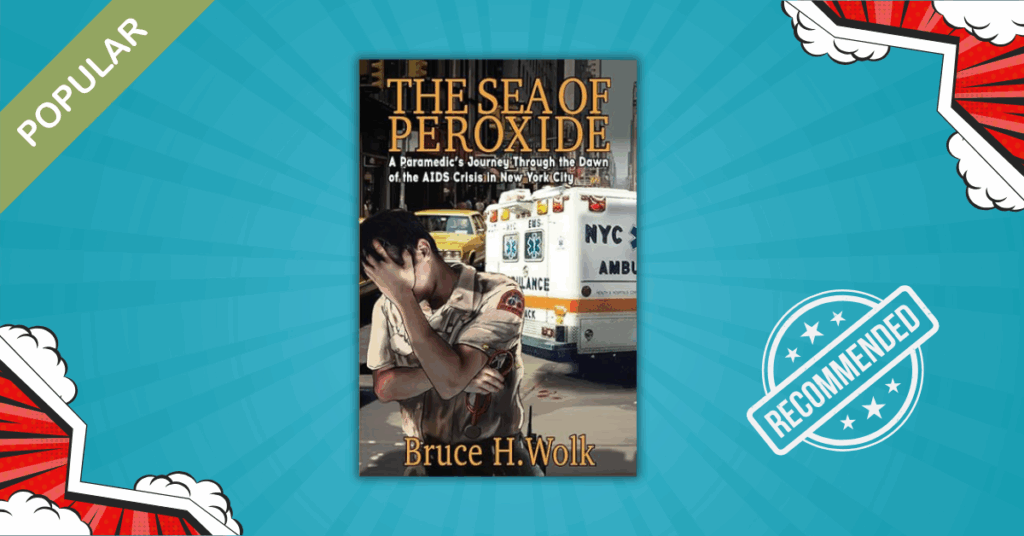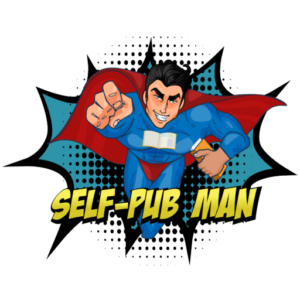Book Description
15 seconds
15 seconds
In the early 1980s, Bruce Wolk was a Yuppie wannabe with an MBA, who after being fired, went from a sleek marketing job for a major New York City cosmetics firm to becoming an EMT and then, paramedic serving Manhattan. He worked the streets as a horrific disease that came to be known as AIDS began its awful spread. The experience changed his life.
The Sea of Peroxide is the recollection of a terrible disease observed first-hand from the driver’s seat of an ambulance. The book shows AIDS wasn’t a “gay illness,” the virus went wherever infected blood went, the government cared little about the victims, and New York City was ill-prepared for the tragedy.
The book is gritty and street level. Most scenes involve the toll that HIV/AIDS took on families and loved ones. In some cases, there is blood and the aftermath of street violence. The book is not intended for young children.
The memoir includes recollections of other EMS responders of the early AIDS era in addition to those of the author. It is also an unashamed journey of the author’s own depression, and demands healthcare systems treat EMTs and paramedics with greater compassion for their unique struggles.
The book will provide a deeper understanding of the AIDS epidemic and includes:
– Real-life accounts of the early days of the AIDS crisis
– Insights into the struggles of ravaged communities
– Why none of us should ever be complacent
No book has ever documented this tragedy at street level.
Book Review

Holy crap, buckle up bookworms, because “The Sea of Peroxide” isn’t just another memoir – it’s a raw, bleeding wound of a story that grabbed me by the throat and refused to let go!
Bruce H. Wolk delivers something extraordinary here: a front-row seat to one of the most devastating health crises in American history, seen through the eyes of a man who went from counting cosmetics profits to counting casualties.
This is the AIDS epidemic story you’ve never heard – not from the hospitals or boardrooms, but from the back of an ambulance racing through the streets of New York City.
What sets this memoir apart is its unflinching honesty about the complete system failure that left first responders to face an unknown killer with nothing but rubber gloves and sheer determination.
Wolk doesn’t just tell us about the crisis; he throws us into the passenger seat of his ambulance, making us witness the human wreckage left by governmental indifference and societal fear.
The author’s journey from MBA to an EMT in Spanish Harlem reads like a dark redemption tale. But here’s the twist – there’s no neat resolution, no Hollywood ending.
Instead, we get something far more powerful: the story of a man who literally bled for his patients (that cut during an HIV patient call – my God!) and paid the price with his own mental health.
What struck me most was Wolk’s insistence on debunking myths. This wasn’t just a “gay disease” – it was everybody’s nightmare.
The way he weaves together patient stories from all walks of life creates a tapestry of loss that’s both heartbreaking and essential.
And unlike Randy Shilts’ journalistic approach in “And The Band Played On,” Wolk gives us the visceral, boots-on-the-ground perspective that’s been missing from AIDS literature.
The chapter titled “Moments of Grace” promises something unexpected – humanity shining through in the darkest hours.
That’s what makes this book essential reading, not just for history buffs or medical memoir enthusiasts, but for anyone who wants to understand how ordinary people become extraordinary in the face of catastrophe.
This is literature that matters. It’s a story about courage without recognition, sacrifice without support, and ultimately, the price we pay when systems fail the very people trying to save lives.



 Bruce Wolk’s “The Sea of Peroxide” is a gut-punch memoir that FINALLY gives first responders their voice in the AIDS crisis narrative. Raw, real & absolutely unforgettable!
Bruce Wolk’s “The Sea of Peroxide” is a gut-punch memoir that FINALLY gives first responders their voice in the AIDS crisis narrative. Raw, real & absolutely unforgettable!  #MedicalMemoir #AIDSHistory #MustRead
#MedicalMemoir #AIDSHistory #MustRead
